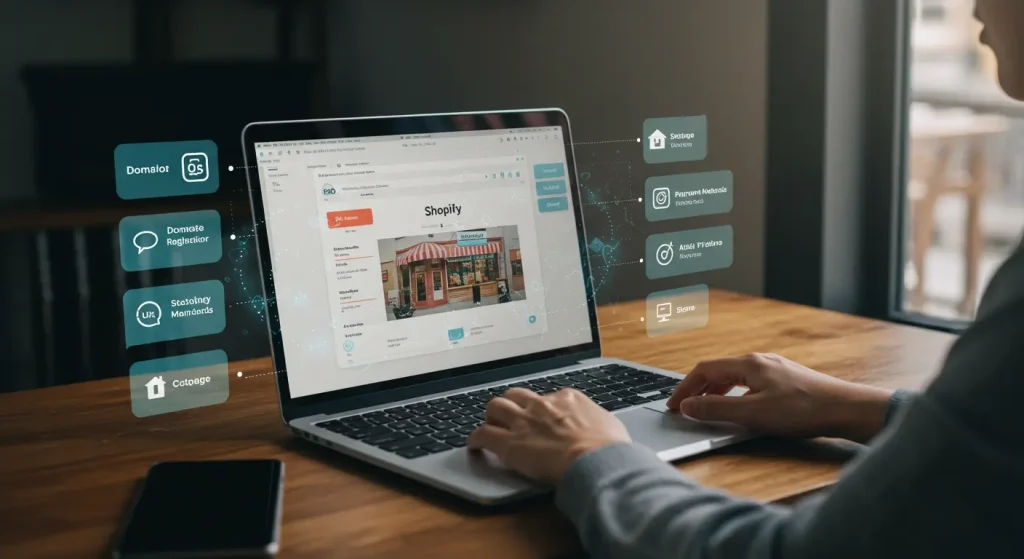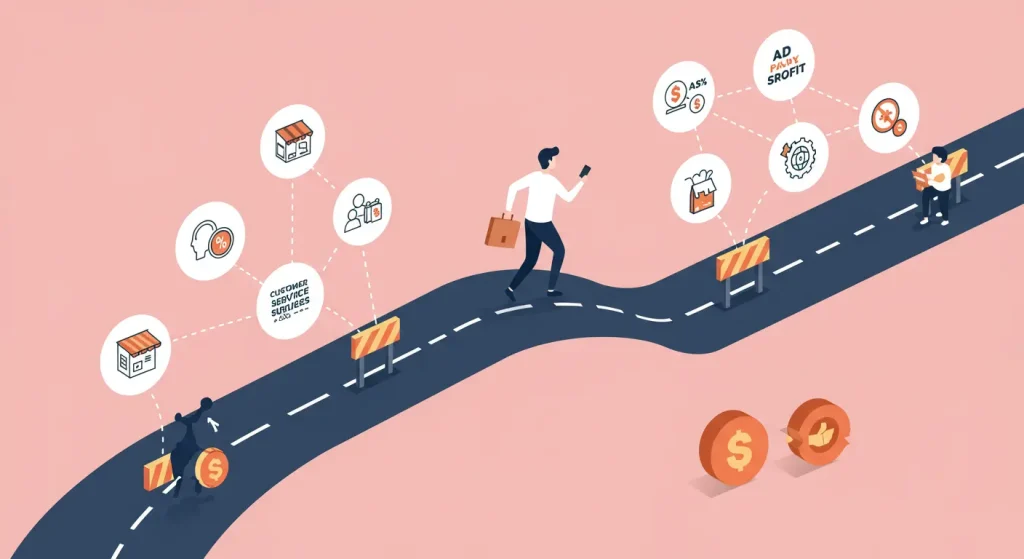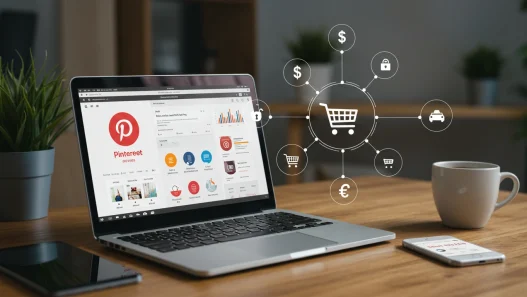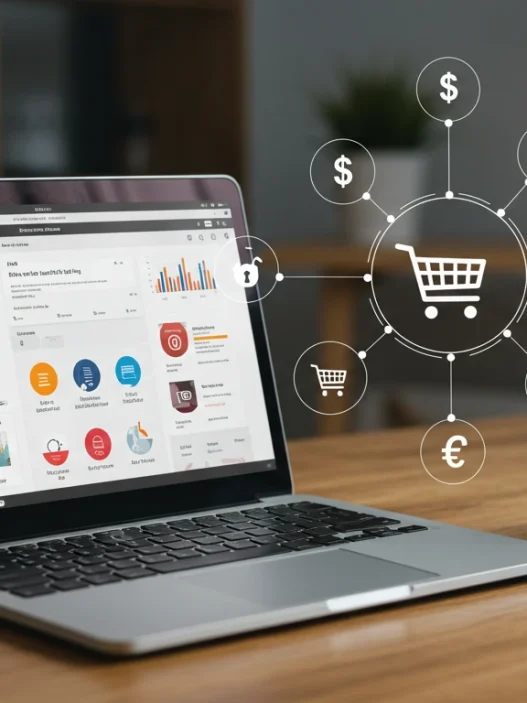Have you ever wanted to start an online business without worrying about inventory or shipping? Shopify dropshipping makes that possible. It allows you to sell products online without ever touching them yourself. But how does it work, and is it as easy as it sounds?
Dropshipping on Shopify has created countless success stories, but it also comes with challenges. From choosing the right products to finding reliable suppliers, there’s a lot to consider. This guide will walk you through everything you need to know to start your Shopify dropshipping business the right way.
Table of Contents
What is Shopify Dropshipping?
Shopify dropshipping is a business model where you sell products without stocking them. Instead, when a customer places an order on your Shopify store, the supplier ships it directly to them. This eliminates the need for storage, packaging, and inventory management.
How Does Shopify Dropshipping Work?
- Set Up a Shopify Store – Create a Shopify account and customize your online store.
- Choose a Niche – Find a profitable niche with high demand and low competition.
- Find Reliable Suppliers – Use platforms like AliExpress, Spocket, or CJ Dropshipping.
- Add Products to Your Store – Import products using tools like DSers or Oberlo.
- Market Your Store – Use paid ads, social media, and SEO to attract customers.
- Fulfill Orders – The supplier ships the product directly to your customer.
- Manage Customer Service – Handle inquiries, returns, and refunds professionally.
This model is attractive because it allows you to start a business with minimal investment. However, choosing the right products and marketing effectively are crucial for success.
Why Choose Shopify for Dropshipping?
Shopify is one of the most popular eCommerce platforms for dropshipping. Here’s why:
- User-Friendly Interface – Even beginners can set up a store quickly.
- Seamless Integrations – Connect with dropshipping apps like DSers, Zendrop, and Printful.
- Customizable Design – Use themes and plugins to enhance your store.
- Secure Payment Processing – Accept payments via PayPal, Stripe, or Shopify Payments.
- 24/7 Customer Support – Get help whenever you need it.
Compared to other platforms like WooCommerce or Wix, Shopify offers an all-in-one solution with minimal technical hassle.

How to Find Profitable Products
Finding winning products is the key to a successful Shopify dropshipping business. Here’s how:
Research Trending Products
Use these tools to find in-demand items:
- Google Trends – Check product popularity over time.
- Ecomhunt & Niche Scraper – Discover trending products.
- AliExpress Best Sellers – Identify top-selling items.
Look for Products with High Perceived Value
Sell items that people are willing to pay more for, such as:
- Smart gadgets
- Health & beauty products
- Unique home decor
Avoid Saturated Markets
If too many sellers offer the same product, it’s harder to compete. Focus on niches with lower competition but steady demand.
Best Dropshipping Suppliers for Shopify
Choosing the right supplier ensures quality and timely delivery. Here are some top options:
AliExpress
- Pros: Low prices, vast product selection.
- Cons: Longer shipping times.
Spocket
- Pros: US and EU suppliers for faster shipping.
- Cons: Higher costs.
CJ Dropshipping
- Pros: Faster fulfillment, branding options.
- Cons: Slightly complex interface.
Your choice depends on shipping speed, product quality, and pricing.

How to Set Up a Shopify Dropshipping Store
- Sign Up for Shopify – Choose a plan and register.
- Pick a Domain Name – Use a catchy, brandable name.
- Install a Theme – Select a clean, professional Shopify theme.
- Add Products – Import items from suppliers using DSers or Oberlo.
- Optimize Product Pages – Use compelling descriptions, images, and pricing.
- Set Up Payment Methods – Enable credit card, PayPal, and other payment options.
- Test Your Store – Ensure everything functions smoothly before launch.
Once set up, focus on marketing to drive traffic and sales.
Best Marketing Strategies for Shopify Dropshipping
Facebook & Instagram Ads
- Target the Right Audience – Use Facebook Pixel to track and retarget visitors.
- A/B Test Your Ads – Experiment with different creatives and copy.
TikTok Dropshipping Ads
- Leverage Viral Content – Create engaging, short-form videos.
- Use Influencers – Partner with TikTok influencers for brand exposure.
Search Engine Optimization
- Optimize Product Titles & Descriptions – Use relevant keywords.
- Start a Blog – Drive organic traffic with valuable content.
Email Marketing & Retargeting
- Capture Emails – Use pop-ups to collect leads.
- Send Personalized Offers – Use email sequences to convert visitors into customers.

Common Shopify Dropshipping Challenges & How to Overcome Them
Long Shipping Times
- Use local suppliers (Spocket, CJ Dropshipping) for faster delivery.
- Set clear expectations with customers about shipping times.
Customer Service Issues
- Provide quick, professional responses to inquiries.
- Offer refunds and replacements when necessary.
Ad Account Bans
- Follow Facebook & Google ad policies.
- Diversify marketing strategies beyond paid ads.
Conclusion
Shopify dropshipping is an exciting opportunity for aspiring entrepreneurs. While it has challenges, choosing the right products, marketing effectively, and providing excellent customer service can set you up for success. Start today, test different strategies, and scale your business over time.
Frequently Asked Questions
1. Is Shopify dropshipping profitable?
Yes, but success depends on product selection, marketing, and customer service.
2. How much money do I need to start Shopify dropshipping?
A basic budget of $200–$500 covers Shopify fees, ads, and domain registration.
3. What are the best niches for Shopify dropshipping?
Pet products, gadgets, fashion, and home decor are popular niches.
4. How do I handle refunds in dropshipping?
Set clear refund policies and work with suppliers for smooth returns.
5. Can I start dropshipping without ads?
Yes, by using SEO, influencer marketing, and organic traffic strategies.




















